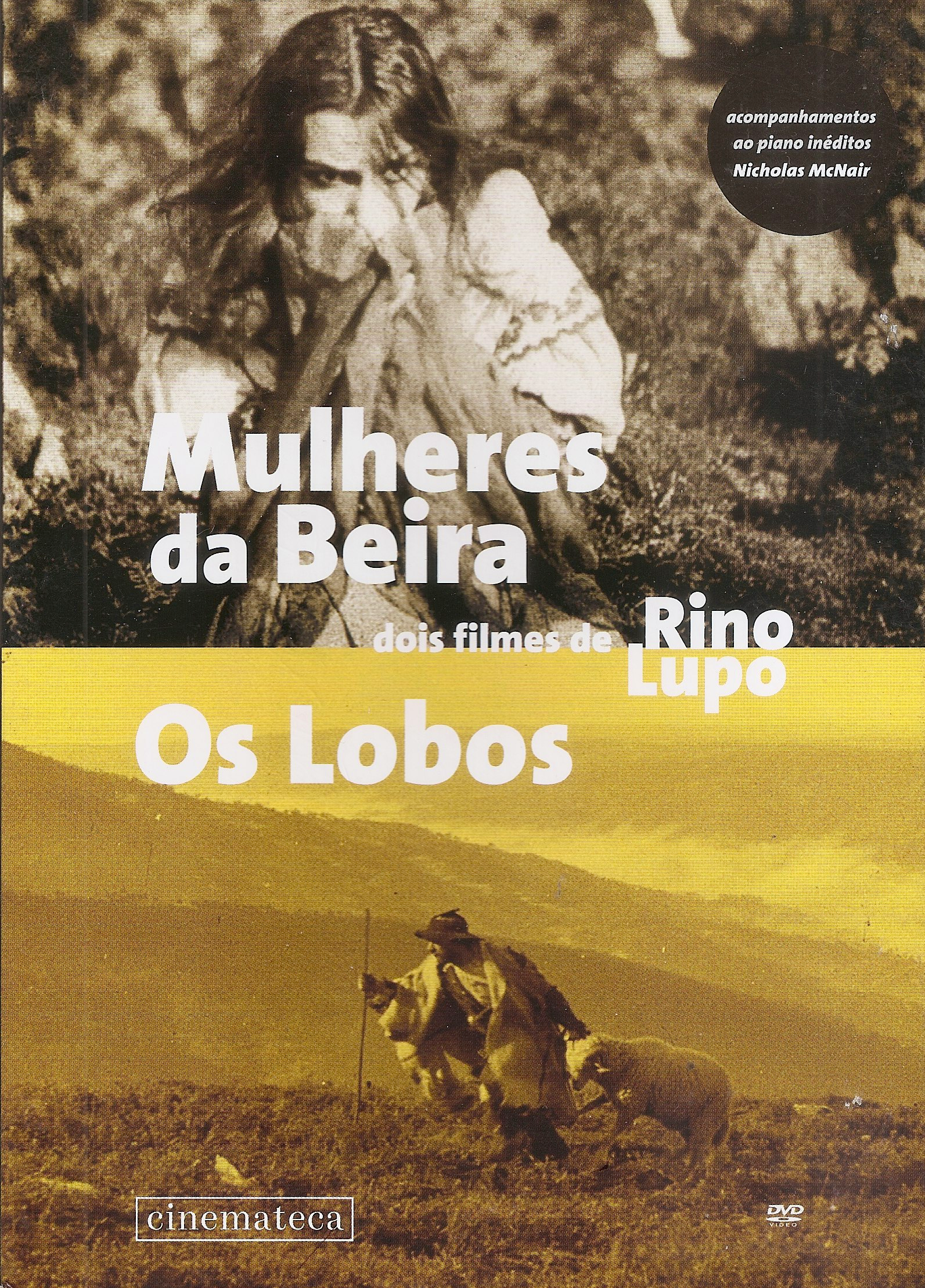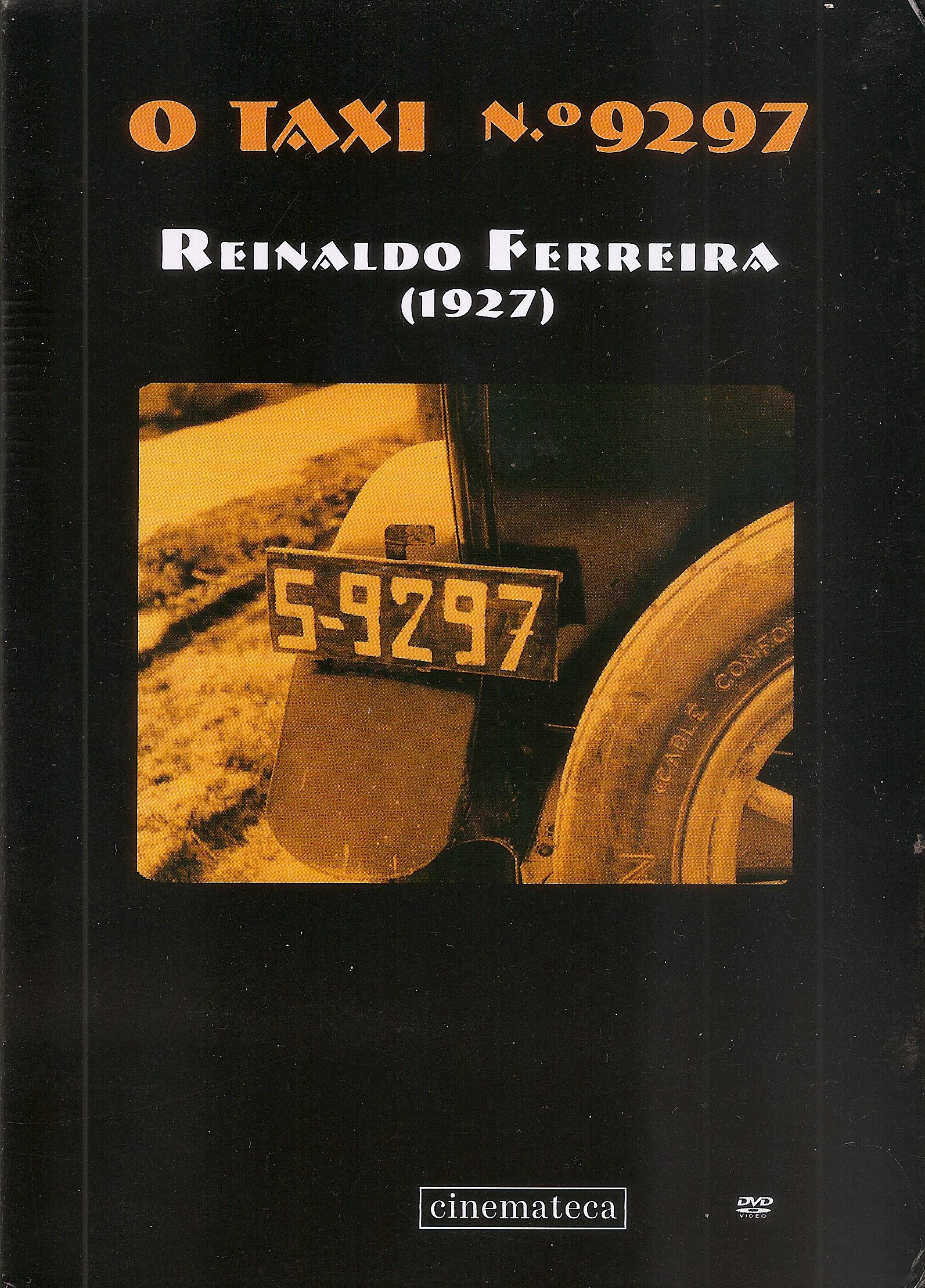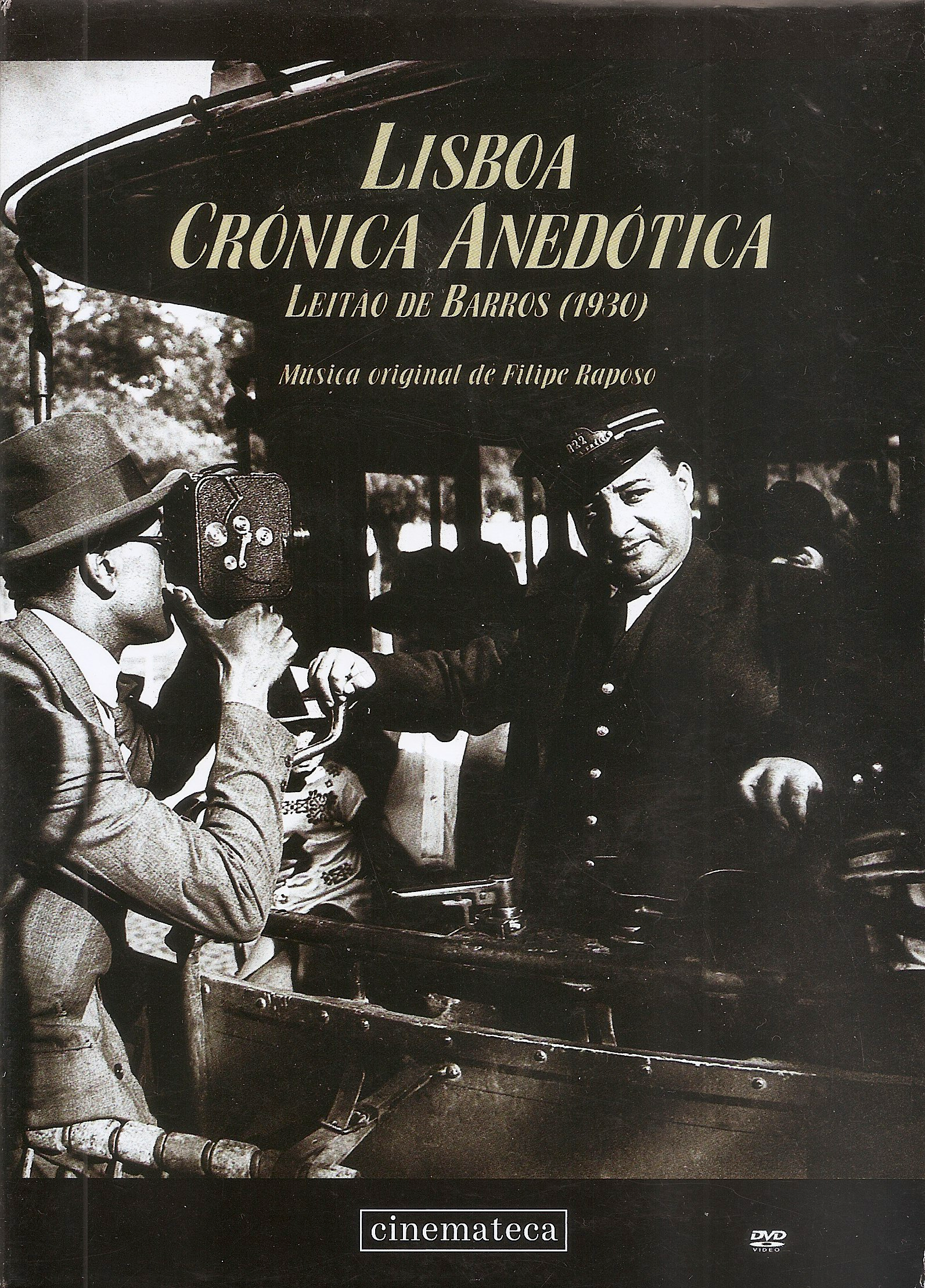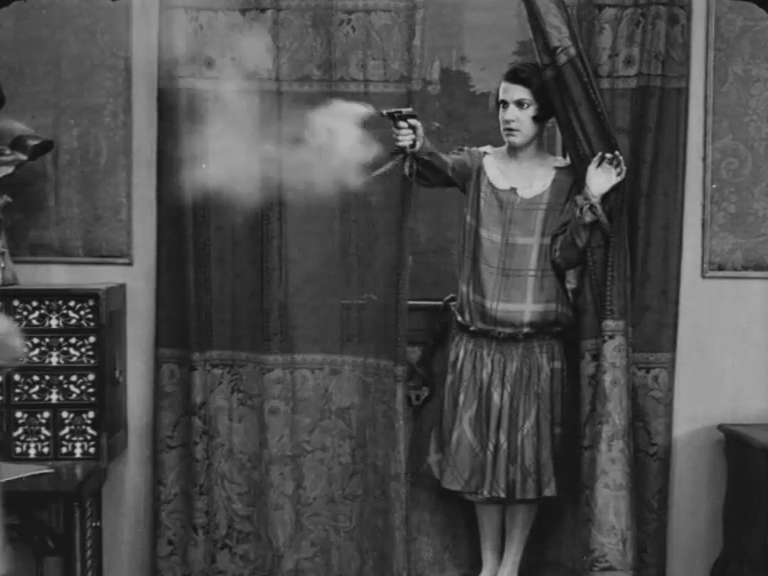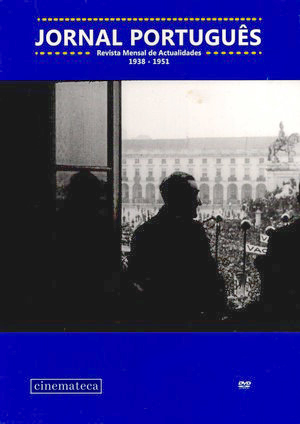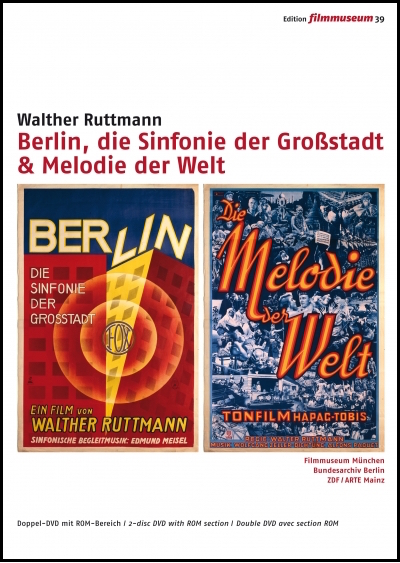GME DVD Distribution: Rediscovering Portuguese Silent Cinema
/One of the pleasures of curating a line of DVD releases is the ability to help reshape the canons of film history. Very little is known in North America about Portuguese silent film history, and with several new DVD releases, our attempt is to alter this understanding. We offer 3 DVD publications by key directors of the silent era In Portugal: Rino Lupo (RINO LUPO: MULHERES DA BEIRA / OS LOBOS), Reinaldo Ferreira (O TÁXI Nº 9297), and Leitão de Barros (LISBOA, CRÓNICA ANEDÓTICA). GME has previously released two sound-era DVD editions of Portuguesa films, the newsreel JORNAL PORTUGUÊS: 1938-1951 and the ethnographic films of Margot Dias (MARGOT DIAS: ETHNOGRAPHIC FILMS 1958-1961).
The publication of these DVD editions by the Cinemateca Portuguesa is a recent activity; they are very distinctive in terms of high technical standards and historical contextualization, including accompanying bilingual booklets complete with essays and photographs that help elucidate the original context of production and reception of these films. These DVD editions also serve as outreach to an international audience of film scholars and cinephiles.
◊
MULHERES DA BEIRA (1922) and OS LOBOS (1923) are two examples of films made in Portugal by foreign directors who left their mark on the country’s cinematography prior to the arrival of sound cinema. Both films were directed in the early 1920s and are among the most important works by Rino Lupo, who consummately combined his own well- trained gaze and experience with distinctive local features, such as the Portuguese natural scenery, traditions and literary works.
Rino Lupo’s career was emblematic of the international flow of ideas, people and films that marked the silent film era. He worked as an actor in France for Pathé, Gaumont, and Lux, was an assistant director to Léonce Perret, and then, beginning in 1912 a director for Lux. His directorial career continued in the teens, twenties, and early thirties, where he made films in Germany Denmark, Russia, Poland, Spain, and Portugal. He also continued occasional acting roles during this period, as well as establishing film schools in Poland and Portugal (where he taught acting to Manoel de Oliviera). He also founded a magazine Arte Muda in 1928, which served as a platform to promote himself, his films, and his ideas on cinema. However, his career was on the decline just at the moment when there was a rise in a new generation of Portuguese directors, among them Leitâo de Barrios (see below, LISBOA, CRÓNICA ANEDÓTICA, 1930).
MULHERES DA BEIRA is, according to film historian and critic Jôao Bénard da Costa, the first film to introduce a form of verismo into Portuguese cinema, because of the way the actress Brunilde Jüdice embodies her role with a combination of devoutness (the large cross around her neck) and sensuality (her cleavage), as well as for the manner in which she is so closely associated with the mountain landscape. In terms of the plot, she rejects the pure love of a pastor and is seduced by a nobleman, who gets her pregnant. Eventually abandoned, she retires to a convent. Eternally tortured, however, she leaves the convent and plunges to her death atop a mountain. She became, according to the aforementioned critic, the first mythical woman in Portuguese cinema.
As a follow-up to MUHERES DA BEIRA, Rino Lupo was interested in continuing to film in remote Portuguese landscapes (in this instance, the Serra da Estrela). In OS LOBOS, the plot surrounds a seafarer named Ruivo, who, after serving a sentence for a crime of passion, travels to a remote mountain area, where his romantic entanglements eventually lead to his death. The film hints at much more than mere melodrama, however, when one focuses on the poetics expressed through the visual motifs. The film begins where it ends with waves crashing against the rocks; this imagery functions both as a metaphorical and structural element. Other visual contrasts course throughout the film -- water and fire, rocky outcroppings and vast open spaces, the mountains and the sea, the cliffs and the houses carved in the granite rock -- all of which function as striking and precarious elements against which the human dramas are played out to the fullest.
◊
Reinaldo Ferreira (1897-1935) was the most famous Portuguese journalist ever. He specialized in crime reporting and in writing all types of sensational articles. He also penned texts on facts that he had not witnessed and places that he had not visited. He wrote many of his texts under the pen name ‘Reporter X’, which was also the name of the cinema production company he headed in 1927, and for which he wrote and directed four films. Perhaps his imaginative instincts enabled him to use a real-life story as a point of departure for his film O TÁXI Nº 9297(1927). Reinaldo knew how to turn journalism into narrative and reportage into fiction. His creativity crossed over from the newsroom and was vividly on display in the novella, the theater play, the serial, and, finally, the cinema screen.
O TÁXI Nº 9297 was inspired by the European and American mystery serials; the film dramatizes a case that shook the country and which Ferreira had investigated in several reports: the murder of the actress Maria Alves by her manager Augusto Gomes.
The plot is constructed as pure crime fiction. The unfolding events are craftily assembled by Renaldo’s directorial hand into a thread of false leads, creating a mounting sense of suspense as to identifying the murderer. Reinaldo weaves the convoluted plot and mistaken identities around hallways and doors that open and close into them. He builds a mise-en-scene around obscurity and indistinctness, often choosing a shot scale that is either too close or too distant. From afar, one is not able to make out the identity underneath the disguise, and up close we see the disguise, but not the identity. One of the film’s motifs stands out for its visual force: hands. In this, a wide range of meanings and possibilities is suggested, given that they are signs without a clear referent, in which markers of gender and social class and ethnicity are indistinct – enabling the director to wreak visual havoc. As a complement, this DVD edition includes the comic short film RITA OR RITO?... (1927), also directed by Reinaldo Ferreira.
◊
J. Leitão de Barros’ first feature film, LISBOA, CRÓNICA ANEDÓTICA (1930) is a truly remarkable work, fusing a wide range of aesthetic influences and artistic traditions, namely the European cinematographic avant-garde (it is consciously within the genre and lineage of “urban symphonies” such as MANHATTA (1921), BERLIN, SYMPHONY OF A GREAT CITY (1927) and THE MAN WITH A MOVIE CAMERA (1929).
The film also owes a stylistic debt to Leitâo de Barros’s journalistic practices. In 1928, the filmmaker had founded the magazine O Noticias Illustrado, a publication that revolutionized Portuguese press because of its pioneering use of rotogravure. The outcome was a layout where the image, more than the text, was the hinge used to put a story across with its emphasis falling on the immediacy and instantaneity of the photographic image to create a notion of authenticity, and employing the formal strategies of montage and collage to express the quick pace of modern life. Many of these features are shared by cinematic modernism, which aimed to reflect as well as to construct the experience of modernity.
LISBOA, CRÓNICA ANEDÓTICA is a unique portrait of the cultural atmosphere of 1920s Lisbon, combining documentary sequences and staged episodes that feature over 40 actors and actresses. During the 1920s, Leitâo de Barros also worked as a playwright and costume and set designer in some of the major Portuguese theatre companies. Very familiar with the theatrical milieu, he transposed the popularity of these actors onto the cinema screen. These scenes create a time capsule of Lisbon theater during this period, ground the Portuguese audience in a shared cultural universe, and prefigure the domestic film comedies of the ensuing two decades.
LISBOA, CHRÓNICA ANEDÓTICA is perhaps unique among the genre of City Symphony films because of its overall structure as a chronological arc progressing from infancy to old age and back again (rather than from dawn to evening). This theme is accentuated by the film’s opening title, which states “To Be Born, To Live, To Die in Lisbon”, further underscoring that LISBOA, CHRÓNICA ANEDÓTICA posits itself as a film promoting notions of reinvention and modernity.
This digital publication also includes Leitão de Barros first two films – the shorts MALMEQUER, a costume drama, and MAL DE ESPANHA, a contemporary comedy (both dated 1918).
Related Films of Interest Available from GME:
For the latest announcement about our releases please see GME's Spring 2018 DVD Release.


